Table of contents
Who is a Caboclo in Umbanda?
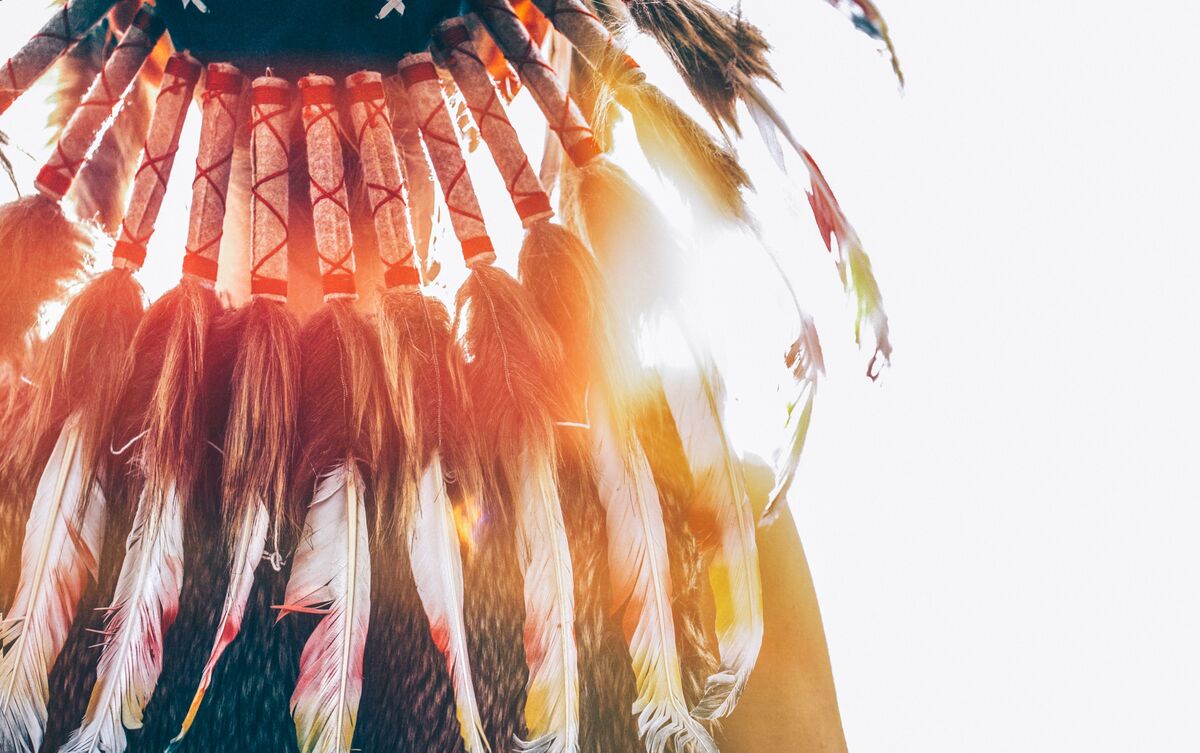
When Caboclos are incorporated into mediums, they shout and gesticulate, often as if they were shooting arrows. They are quiet and serious, giving direct and unabashed answers to the questions of the consulters who seek them. It is one of the most warlike lines of Umbanda, due to its connection with Oxóssi, the warrior Orixá of the forests.
It was Caboclo das Sete Encruzilhadas who, in 1908, guided the creation of the first Umbanda terreiro, since he and his spiritual companions were not welcomed by spiritist mediums, who considered them backward spirits, because of their simple way of speaking. His speech is really simple, but clear and effective. Complicated words do not guarantee efficiency or spiritual evolution.
Keep in mind, however, that what characterizes Umbanda (its entities, practices and rituals) already existed, before its consolidation as a religion in 1908. An example for better understanding is that the incorporation of spirits already existed, before the structuring of Spiritism as a religious doctrine by Kardec, in 1857. In this article, we will talk about the main aspects of Caboclos in the religionUmbanda. Check it out!
General aspects about Caboclo
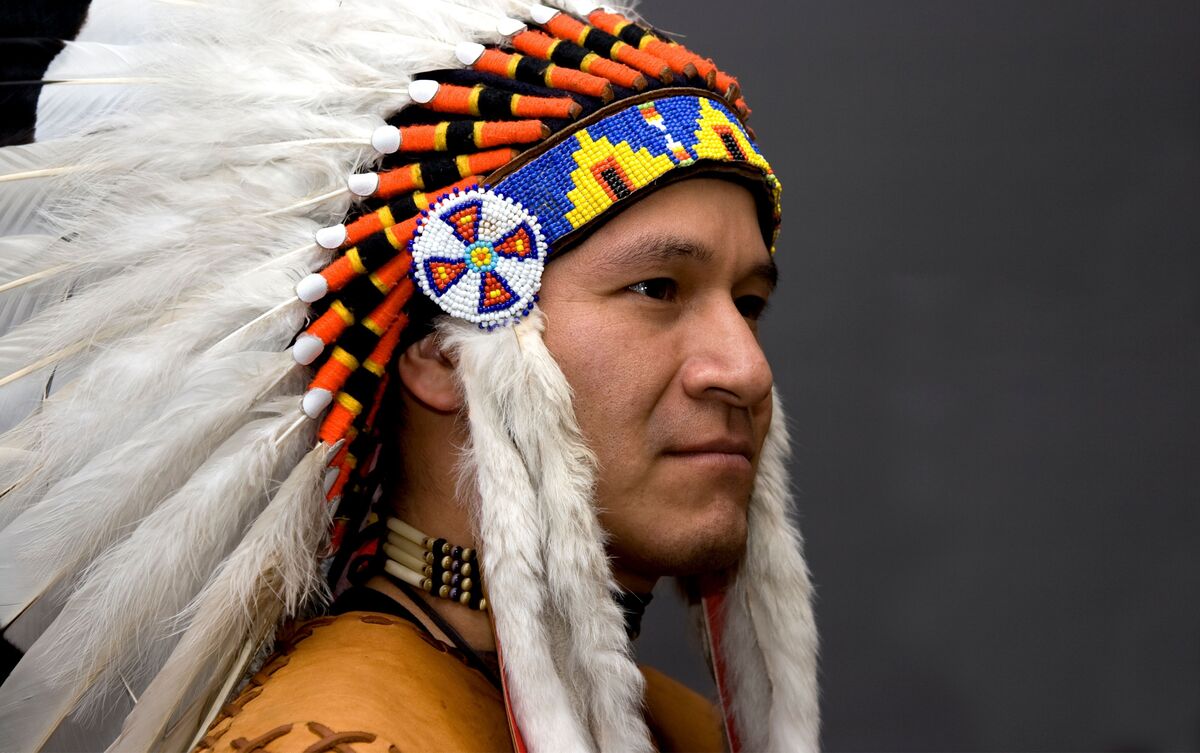
It is common to associate the Caboclo entities to the ethnic group of the same name, but not all of them are Caboclos. Confused? See below the difference between entity and ethnic group, and other characteristics about the Caboclo!
Difference between ethnic "caboclo" and Caboclo of Umbanda
When one speaks of caboclo in the sense of ethnicity, it refers to the children of native peoples (erroneously called "Indians") with white people. In Umbanda, Caboclo is a type of entity that works with the forces of nature and the ancestral knowledge of the native peoples (sometimes also called autochthonous or indigenous peoples).
In their lives, the Caboclos may or may not have been caboclos (ethnic group) or autochthones who, after disincarnating, started to work helping the incarnate in their spiritual evolution. They did this through the re-approximation with nature, both the environment and our own nature, many times, left aside because of the accelerated rhythm of our lives.
But why not simply call them Indians? Precisely because it is too simplistic: there are currently more than 250 native peoples in Brazil, with different cultures, languages and customs. To call them all Indians would be like classifying them all as the same.
Candomblé de Caboclo
Appeared in Bahia around the XVIII century, Candomblé de Caboclo are Candomblé lines that, besides worshipping Orixás, Voduns or Inquices, also worship Caboclos. There are two types of Caboclo: feather and leather.
Caboclos de Pena were indigenous people who lived off fishing and hunting and who wore feather headdresses, headdresses and necklaces, while Caboclos de Couro, also called Boiadeiros (cattle herders), are the spirits of cowboys or cattle ranchers who wore leather garments. Both work with counseling those who seek them, often indicating baths and herbal fumations.
The Boiadeiros also work with the "gathering" of lost spirits, taking them to the places where they can find the help they need.
Entities of the right in Umbanda
In Umbanda, there are two fields of action of entities: right and left. The left entities work with consuming factors, absorbing vices, imbalances and negativity, for example. The right works with radiating factors, restructuring and healing.
However, some entities can adapt and work with left factors, practically walking the middle path. For example, some of the right entities in Umbanda are Pretos-Velhos, Baianos, Erês, Marinheiros, Ciganos and Caboclos.
Caboclos, Oxóssi and the woods
Oxóssi is the Orixá of the forests, of the animals, of abundance and of hunting. When we talk about hunting, we mean all the pursuit of goals in general, not only the act of hunting animals. He is a wise warrior, in tune with nature and with all that is natural, including dance, singing and the plastic arts. He is also the King of the Throne of Knowledge and the King of the Forests.
It is Oxóssi who provides the food, besides being a lover of contemplation. So, at the same time that this Orixá rules the search for sustenance, he also rules the moments of artistic contemplation or the simple doing nothing, reminding us to reserve moments of pleasure in our daily lives.
Caboclos are in the most diverse lines of Orixás, but all are linked primarily to Oxóssi, because of his strong connection with the woods and forests. In Brazil, Oxóssi is syncretized with Saint Sebastian, in the Center-South region; with Saint George, in Bahia, and with Archangel Michael, in Pernambuco. His commemorative date is January 20.
Caboclo Characteristics
Entities of light and wisdom work in the right line and answer primarily to Oxóssi. They attend giving advice, passes and often indicate herbal baths and leafbaths, although this is not exclusive to these entities.
They work with healing and spiritual development of the incarnate, stimulating them to follow the path of charity.
Caboclo-type entities may or may not have been indigenous in some of their incarnations. For Umbanda, the fundamental characteristics of these spirits are charity, humility, honor, sense of duty and loyalty, as well as wisdom and extensive knowledge about plant energies.
Caboclos and their Orixás
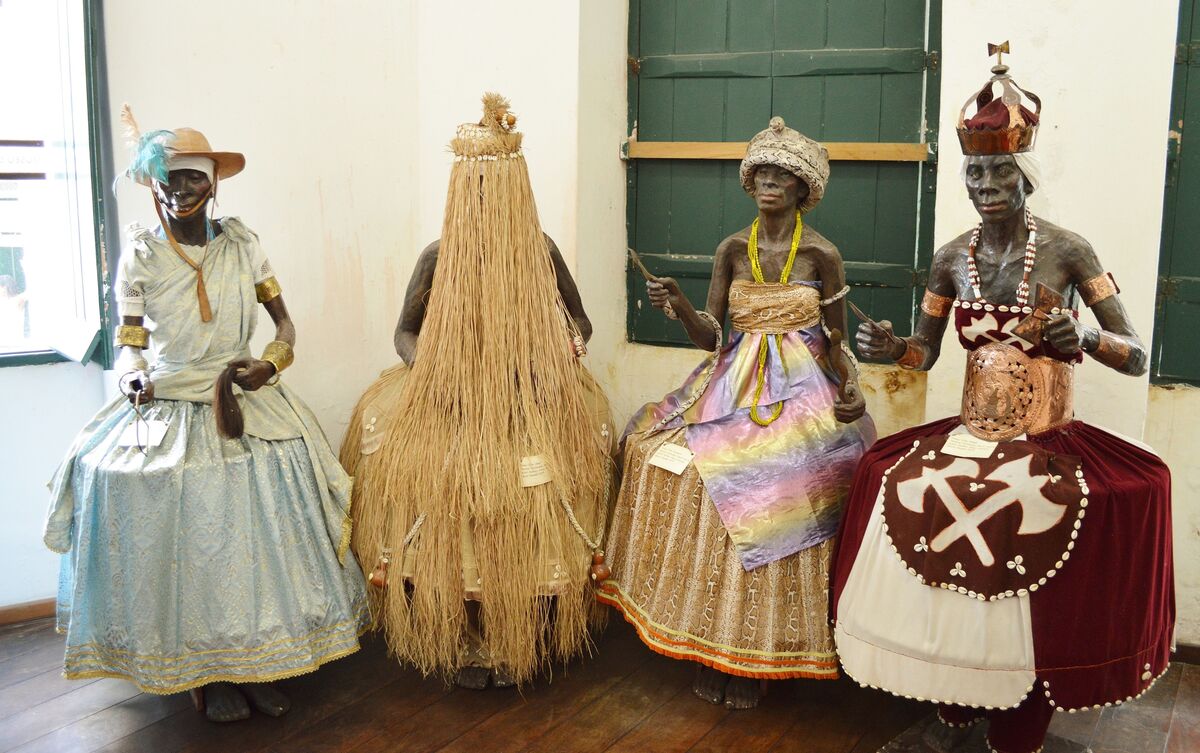
Although they answer primarily to Oxóssi, there are Caboclos of all lines of Orixás. Some can even work with all seven energetic vibrations, as the Caboclo Sete Flechas. Below, see their areas of work and the most common names, and stories related to some of them!
Caboclas of Yemanjá
Like Yemanjá, Caboclas are loving and smart. They work with spiritual purification, dissolving negative energy and protecting those who go through difficulties. Their names are usually Cabocla da Praia, Diloé, Sol Nascente, Sete Ondas, Estrela do Mar, Jaci, Jacira, Guaraciaba, Janaína, Jandira, Jurema da Praia.
Cabocla Jandira works with healing and cleansing the aura of her consulters, offering good advice in the process. Cabocla Jurema is an entity evoked both by indigenous people and by umbandistas and Catimbó heirs. Because of this, she can present herself as a young black woman, indigenous or cabocla. Her phalanxes work in the line of various Orixás and their names help to identify each line.
The Cabocla Jurema da Praia, for example, works in the line of Yemanja, balancing the mental and sentimental fields of the afflicted who seek them.
Caboclas of Iansã
Direct and inspiring, the Caboclas of Iansã usually work with issues related to prosperity and downloads. The most common names are Batira, Jussara, Jurema Preta, Poti, Potira, Japotira, Ivotice, Valquíria, Maíra, Raio de Luz, Talina, Palina.
The phalanx of Cabocla Jurema Preta is composed of powerful witches, who work assisting in the evolution of their clients, besides transforming bad energies and multiplying the good ones.
Caboclas of Nanã
Generally more restrained, the Caboclas of Nanã do not dance and work advising and showing the karma. They usually carry the names Paraquassu, Assucena, Inaíra, Juçanã, Xista, Sumarajé, Janira, Muraquitan, Juraci, Jutira, Luana, Jurema Master.
The Cabocla Inaíra, with her strength and wisdom, works with the removal of obstacles that hinder spiritual evolution.
The Cabocla Jurema Mestra, when incorporated, has similar traits to the Pretas-Velhas. She has vast magical knowledge and herbs, besides being a great storyteller, due to her experience of several incarnations. She works bringing balance and wisdom to her consulters.
Caboclas of Oxum
They work with energetic issues and psychic illnesses, such as discouragement and depression. Their passes can be of both dispersion and energization. Their names can be Iracema, Imaiá Jaceguaia, Jurema da Cachoeira, Juruena, Jupira, Jandaia, Araguaia, Estrela da Manhã, Tunué, Mirini and Suê.
Cabocla Estrela da Manhã works mainly with the dissipation of miasmas and negative feelings, such as intolerance and grief. Cabocla Jurema da Cachoeira, on the other hand, prefers to work on helping personal relationships, social living and financial problems of her clients.
Caboclos of Oxóssi
The Caboclos of Oxóssi are fast, like to dance and indicate baths and smoking. Their names are usually Caboclo da Lua, Arruda, Aimoré, Boiadeiro, Ubá, Caçador, Arapuí, Japiassu, Junco Verde, Javari, Mata-Virgem, Pena Branca, Pena Dourada, Pena Verde, Pena Azul, Rompe-folha, Rei da Mata, Guarani, Sete Flechas, Flecheiro, Folha Verde, Tupinambá, Tupaíba, Jupiara, Tapuia, Serra Azul, Paraguassu,Seven Crossroads.
One of the stories of Caboclo Sete Flechas originates from an indigenous person of the Pataxó group, in the region where, today, Bahia is. Although he belongs to the Oxóssi line, this entity can act in any of the seven lines of Orixás, since he received an arrow from each one of Umbanda, by order of Oxalá.
One of the Caboclos Pena Branca has its history linked to the time of the Portuguese arrival in Brazil, when he was a Tupinambá chief. He was one of the spokesmen between the natives and the Portuguese, thus learning to speak their language. He works with spiritual cures and is recognized as the one who carries the knowledge of the Umbanda religion. Caboclos Pena Branca are also popular in cultsMexican and Caribbean.
Caboclos of Ogum
The entities Caboclos of Ogum work giving encouragement and helping in professional issues. They are fast and don't like to get bogged down. Their names can be Águia Branca, Águia Dourada, Águia Solitária, Rompe-Ferro, Rompe-Aço, Arariboia, Beira-Mar, Caboclo da Mata, Icaraí, Caiçaras Guaraci, Ipojucan, Itapoã, Jaguará, Rompe-Mato, Rompe-Nuvem, Sete Matas, Sete Ondas, Tamoio, Tabajara, Tupuruplata,Ubirajara.
Caboclo Rompe-Mato was associated with the Guaicuru people, who lived in the region of Mato Grosso do Sul. They were warriors and knew how to use horses and spears in battles, remaining undefeated until the 19th century. Caboclo Rompe-Mato has great healing power, especially in issues related to balance and harmony.
The Caboclo Arariboia may have one of its origin stories associated to one of the chiefs of the Temiminós. He was a great strategist and warrior who helped the Portuguese in the conflicts against the Tamoios, these allied to the French, in 1567.
Caboclos of Omulu
The Caboclos of Omulu move little, but are impatient. They work with physical, mental and spiritual pains. They are called Arranca-Toco, Acuré, Aimbiré, Bugre, Guiné, Gira-Mundo, Iucatan, Jupuri, Uiratan, Alho-d'água, Laçador, Roxo, Grajaúna, Bacuí, Piraí, Suri, Serra Verde, Serra Negra, Tira-teima, Sete Águias, Tibiriçá, Vira-Mundo.
The Caboclo Guiné has a broad understanding of herbs, especially Guinea. Because his name is linked to a herb of discharge, this Caboclo acts in disobsession, using his knowledge of Bantu magic.
Caboclos of Xangô
In a restrained but quick manner, the Caboclos of Xangô work with issues related to employment, achievements and injustice.
Their names are Araúna, Cajá, Caramuru, Cobra Coral, Caboclo do Sol, Girassol, Guaraná, Guará, Goitacaz, Jupará, Janguar, Rompe-Serra, Sete Caminhos, Sete Cachoeiras, Sete Montanhas, Sete Estrelas, Sete Luas, Tupi, Tupiara, Tupã, Treme-Terra, Sultão das Matas, Cachoeirinha, Mirim, Urubatão da Guia, Urubatão, Ubiratan, Cholapur.
One of the Caboclo Cobra Coral's origin stories is that he was a pre-Columbian Aztec. He has this name because of the painting he used on his face in the colors white, black and red. He is sometimes called "the great wizard of the snake staff", for his domination of the four elements and for carrying a snake in one of his hands.
The Caboclo Ventania acts with the movement and renewal of energies, both of religious and astral space. The Caboclo Pedra-Branca acts opining on causes considered fair, commanding troops of other Caboclos Pedra, to ensure that those involved in the cause do their parts. The Caboclo Tupiara acts bringing justice and emotional balance.
To relate with Caboclo
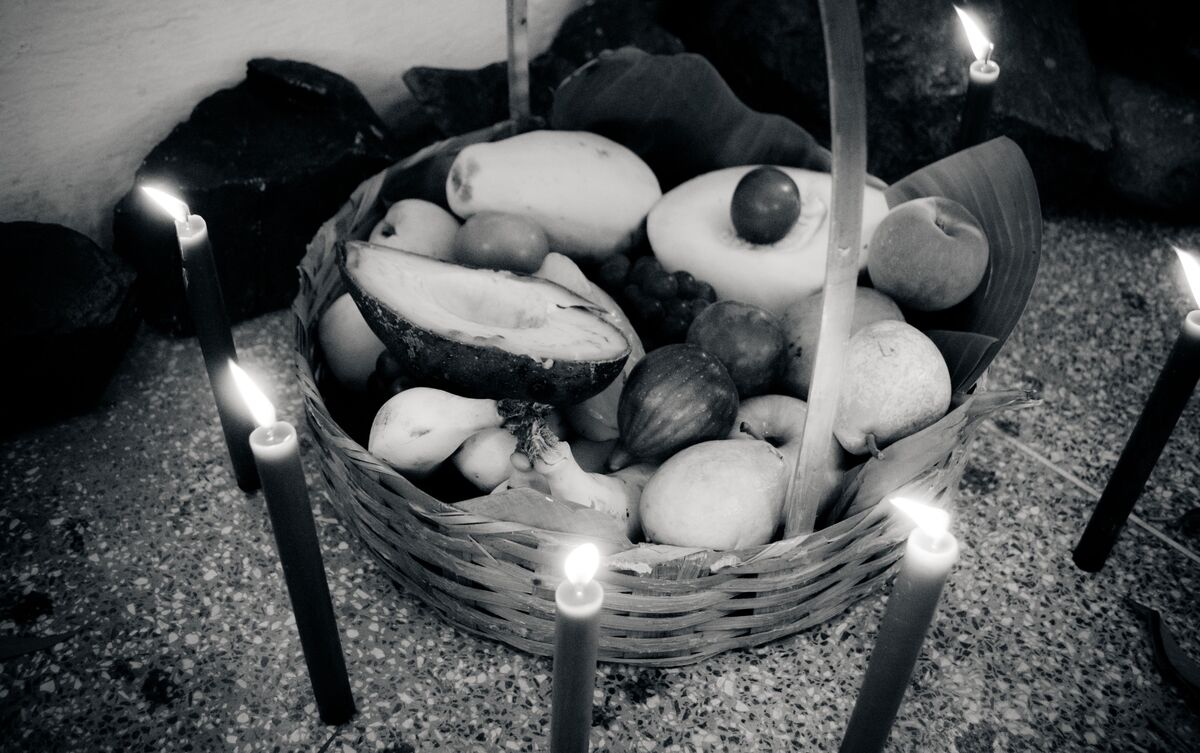
To approach the energy of Caboclo, just respect nature and follow the path of kindness, either with yourself or with your neighbor.
In the case of offerings to Caboclo, keep in mind that these receive candles and cigars in even number, for material works, such as physical healing and employment, and in odd number of these same items, for spiritual works.
As each Orixá and each Guide has its own peculiarities, every offering must be supervised by a Father, a Mother of Saint or another graduate within Umbanda. Moreover, an offering without purpose can hinder more than help. Below, see some items preferred by Caboclos in general!
Food
For Caboclos, among the most common food offerings are boiled or roasted corn, boiled manioc and coconut pulp, as well as other vegetables, fruits and roots.
Drinks
Each entity has a favorite drink, but the most characteristic for Caboclos is wine sweetened with honey. They may also ask for coconut water and even light beer, besides spring water and fruit juice.
Flowers
The flowers offered to the Caboclos are the same offered to Oxóssi: Daisies, Violets, Hydrangeas, Azaleas, Tulips, Sunflowers, Dandelions, among other field flowers. Besides these, one can offer flowers from other orixás aligned to the work lines of each Caboclo.
Flower offerings for Boiadeiros are usually Cactus flowers, Carnations, Tulips and yellow Chrysanthemums.
Salute
The salutation to the Caboclo entities should be: "Okê Caboclo!", which means "Salve Caboclo!".
Colors
The colors that represent the Caboclos are red, green and white, but some entities may have a different color, such as yellow.
Other offerings
Other offerings to Caboclos may include items connected to them, such as feathers, teeth and claws of animals, seeds, stones, candles, pipes and cigars, and leather hats, in the case of Boiadeiros.
What do the Caboclos wish to teach us?
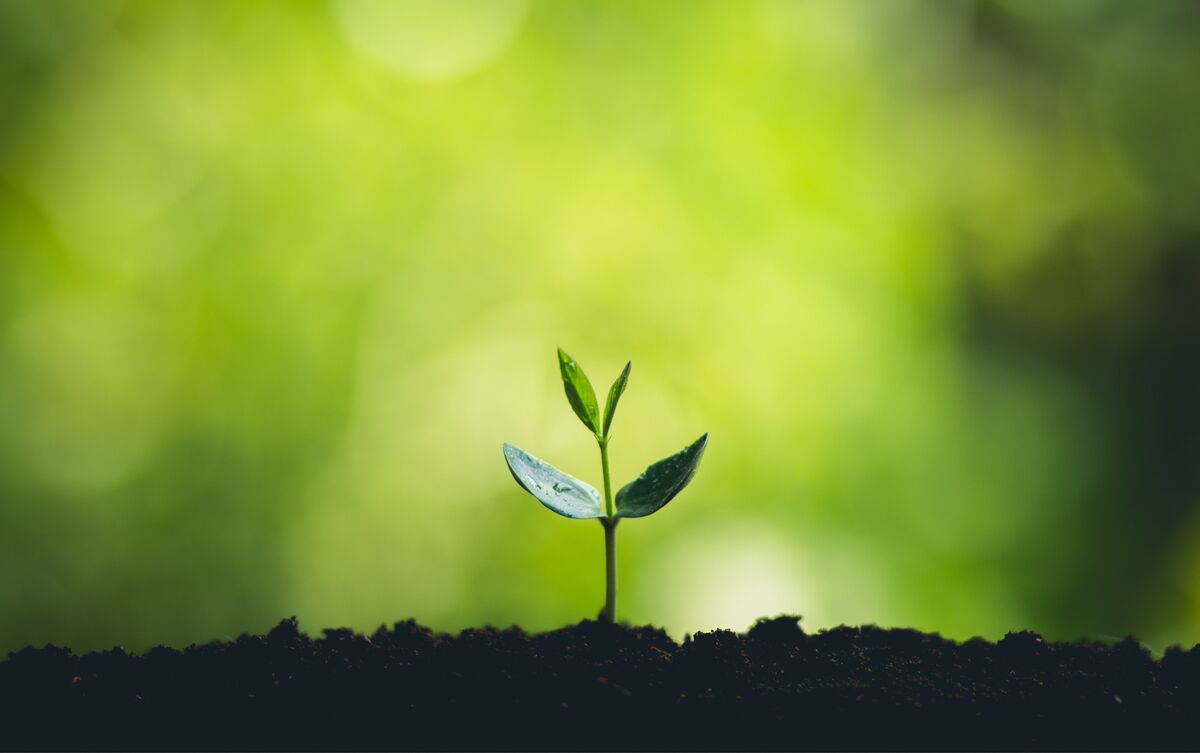
The Caboclo represents an archetype of a mature person, but not elderly, still with strength and vigor to go out in pursuit of their goals. In consultations, they make the consulents understand the actions and wrong paths they have taken, issues that lead them away from the desired goals.
Using the wisdom of nature and of the original peoples, the Caboclos seek to teach us self-love, love for others and for nature, which, besides providing our food, is our home. They also help us to understand our own feelings about life and work, taking away sorrows and other feelings that no longer serve us.

